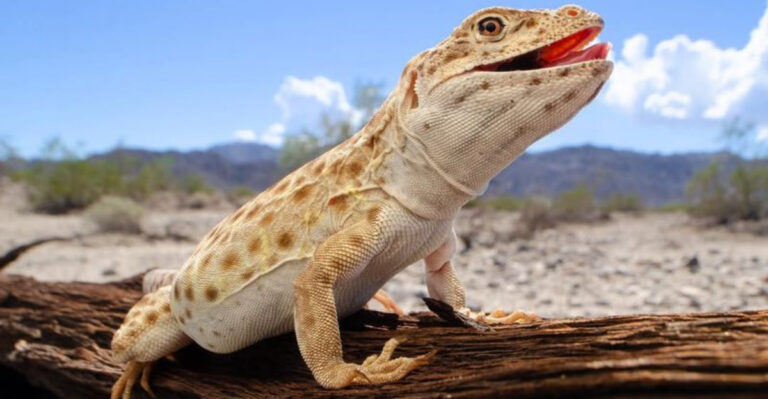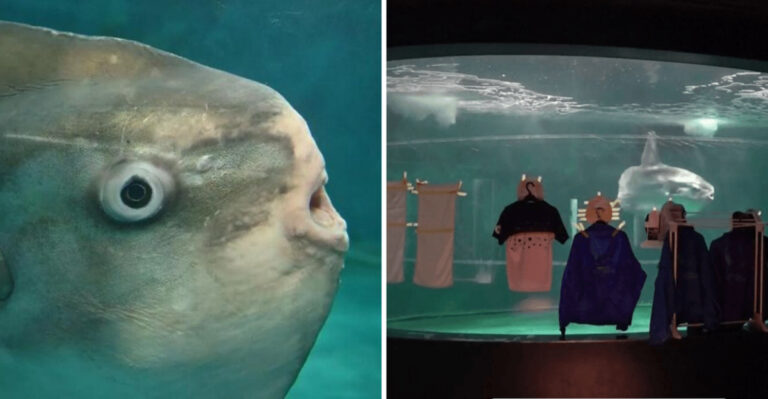16 Signs Your Pet Understands A Lot More Than You Think

Discover the surprising ways in which your pet communicates, empathizes, and engages with the world around them.
From responding to their names to recognizing your emotions, pets exhibit intelligence and understanding far beyond our expectations.
1. They Respond To Their Name
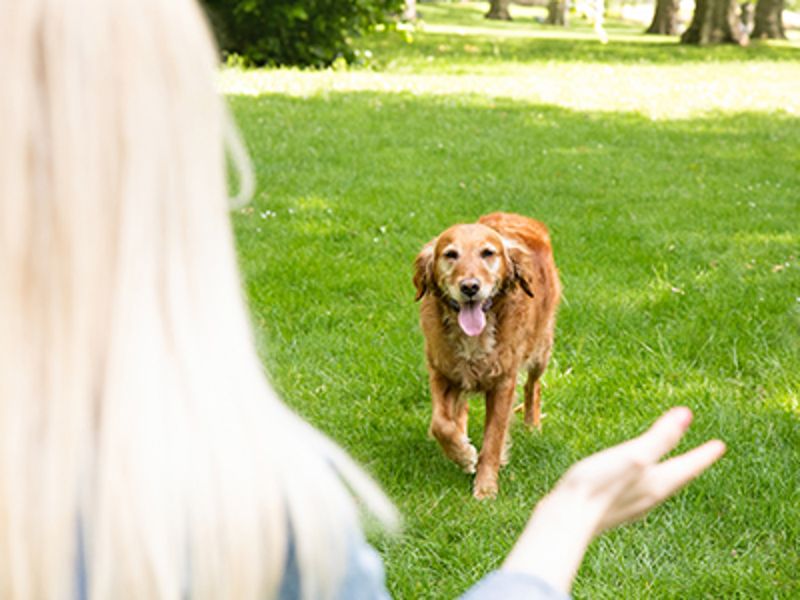
Ever notice how your pet perks up at the mention of their name? This quick response isn’t just coincidence. Pets learn to associate sounds and names with themselves, showcasing an understanding of identity and communication.
It’s not only about hearing; it’s about acknowledging. When your dog or cat responds, it reflects their bond and attentiveness to you. It’s a simple yet profound connection.
2. They Know When You’re Upset

Pets have an uncanny ability to sense your emotions. When you’re feeling down, they might snuggle closer or exhibit comforting behaviors.
Dogs, in particular, are known for their empathetic nature, often mirroring their owner’s emotions. This emotional intelligence highlights their capacity to connect with humans on a deeper level.
Such sensitivity turns pets into more than just companions; they become empathetic friends.
3. They Recognize Certain Words

Certain words like “walk,” “treat,” or “bath” can elicit an immediate response. Pets don’t understand language like humans, but they associate sounds with actions.
This association builds through repetition and context, allowing them to “learn” these words. Their enthusiasm for these words shows their anticipation and understanding.
4. They Imitate Your Behavior

Have you ever caught your pet mimicking your actions? Whether it’s a cat opening a cabinet or a dog sitting on the couch, imitation reveals their keen observation skills.
This behavior isn’t just cute; it signifies their understanding of human habits. Imitation is a learning tool for pets, helping them adapt and connect with their human environment. It’s both endearing and enlightening.
5. They Show Empathy Toward Other Animals
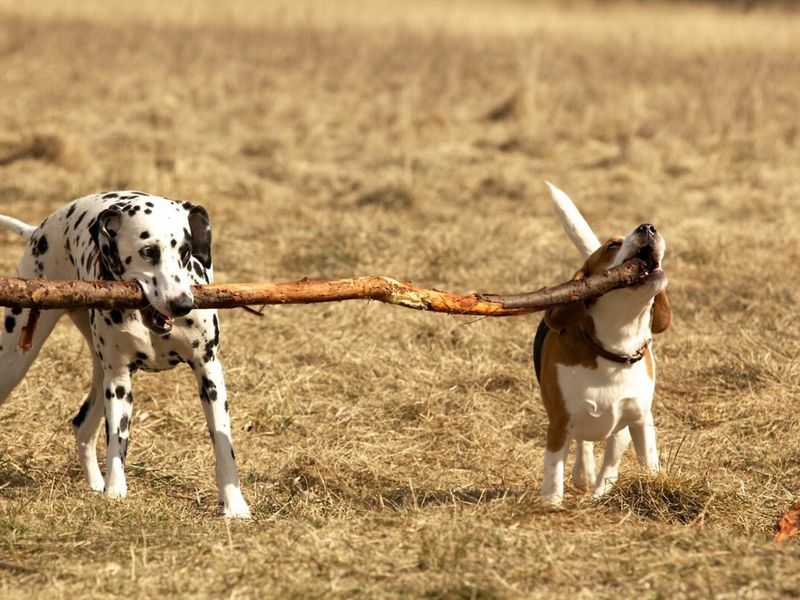
Ever seen your pet comforting another animal in distress? This behavior highlights their empathetic side. Pets, especially dogs, may lick or nuzzle another animal showing signs of distress.
Such actions underscore their ability to perceive and respond to the emotions of others, not just humans.
It’s a beautiful display of interspecies understanding and compassion, reflecting a world of emotion beyond words.
6. They Understand Your Tone Of Voice

Pets are adept at distinguishing tones. A gentle, soothing voice may make them wag their tails, while a stern tone might cause them to retreat. This sensitivity to vocal nuances demonstrates their emotional intelligence.
Their reactions are not merely instinctive but based on the emotional content conveyed through your tone. It’s a reflection of their ability to interpret human emotions and respond accordingly.
7. They Anticipate Your Routine

Your pet probably knows your routine better than you think. Whether it’s waiting by the door when you return or anticipating mealtime, they pick up on daily cues.
This awareness is not just habit; it’s an understanding of time and routine. Pets learn to predict events by observing patterns, showcasing their cognitive abilities.
8. They Can Tell The Difference Between People
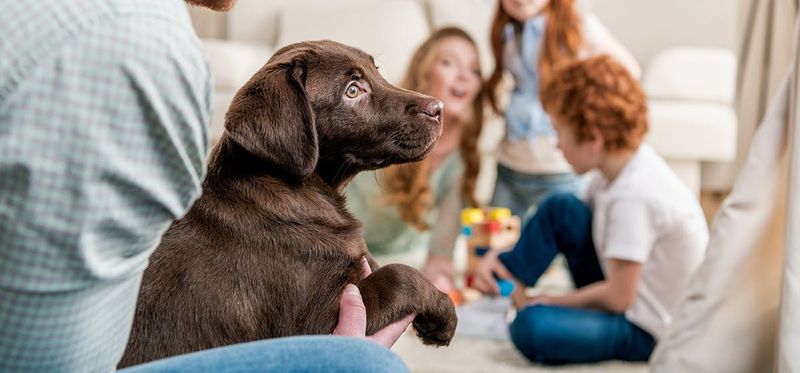
Pets are surprisingly adept at recognizing different people. They identify family members, friends, and strangers through a combination of sight, sound, and scent. This ability to distinguish between individuals speaks volumes about their sensory capabilities and social intelligence.
It’s not just about recognition; it’s about forming connections and understanding the unique traits of each person they meet.
9. They Recognize Visual Cues
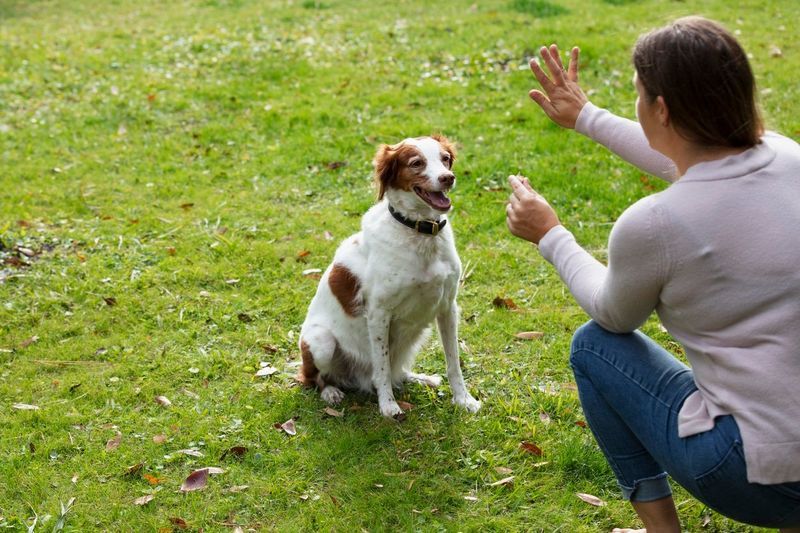
Point at a toy or a treat, and watch your pet react. Recognizing visual cues goes beyond verbal communication, showcasing their ability to understand intention and direction. This visual acumen allows them to respond to their environment intuitively.
Such understanding highlights their perceptive nature and their ability to engage with the world around them. It’s a cognitive skill that deepens their interaction with us.
10. They Understand When You’re Happy

Pets often mirror their owner’s happiness through affectionate behaviors. A wagging tail or purring cat can be a sign that they sense and reflect your joy. This emotional resonance showcases their empathy and desire to share in positive experiences.
By responding to happiness, pets not only enhance their bond with their owners but also participate actively in their emotional world. It’s a beautiful, mutual exchange.
11. They Can Learn New Tricks Quickly
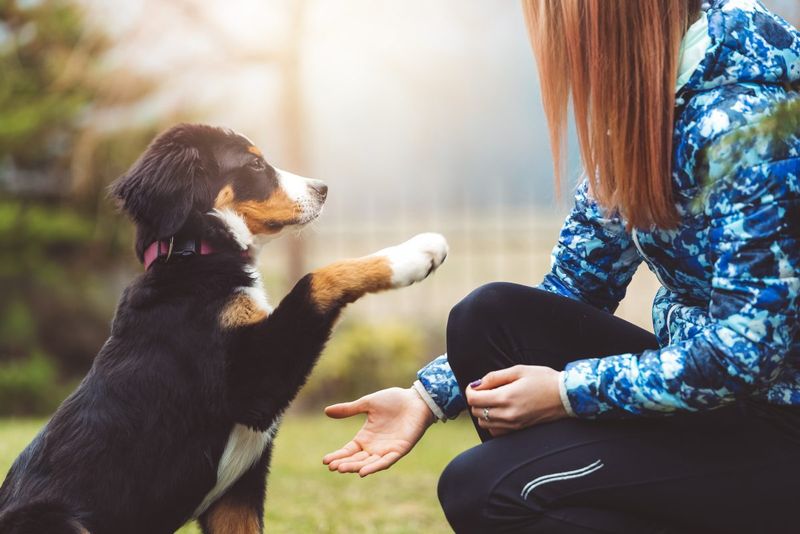
Some pets have an impressive ability to learn and adapt quickly to new commands. Whether it’s mastering a new trick or obeying a command, their ability to comprehend and act showcases their cognitive flexibility.
It’s not just training; it’s a delightful dance of understanding and interaction that enriches the human-animal bond.
12. They Can Differentiate Between Friends And Strangers
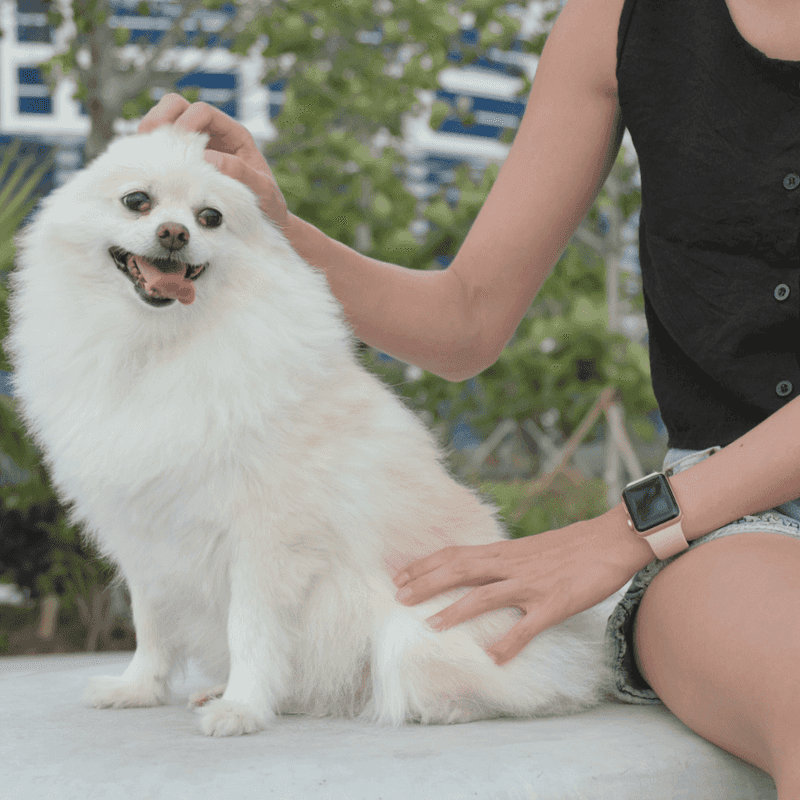
Pets often show varied reactions to familiar faces versus strangers. This ability to differentiate is rooted in their sensory perception and social intelligence. Recognizing a friend’s scent or a stranger’s unfamiliar tone involves complex processing.
It’s not just a reaction; it’s an understanding of social dynamics. This keen awareness of social cues makes them not only protective but also perceptive companions.
13. They Know When You’re Not Feeling Well

Has your pet ever acted more affectionate when you’re under the weather? This behavior is more than routine; it’s their instinct to comfort and protect.
Pets, especially dogs, can sense changes in their owner’s health, often responding with increased attention or affection. This intuitive care reflects their deep bond and understanding of human emotions and physical states.
14. They Have A Sense Of Time

Notice how your pet seems to know when it’s time for a walk or dinner? Pets possess an internal clock, allowing them to anticipate regular events. This sense of time is not mere coincidence but an understanding of routines and patterns.
It’s a cognitive skill that enables them to sync with human schedules, showcasing their adaptability and awareness. Their anticipation adds a rhythm to the shared life with their human companions.
15. They React To Television Shows
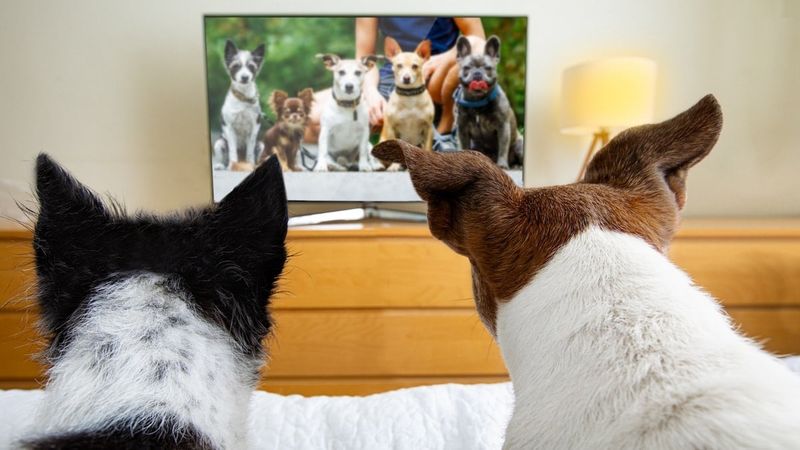
Ever seen your pet react to images or sounds on TV? This engagement isn’t just curiosity; it’s their interpretation of visual and auditory stimuli.
Pets may bark at animals on screen or react to specific sounds, reflecting their sensory engagement. This behavior highlights their inquisitive nature and ability to process complex stimuli. Their reactions can be both entertaining and insightful, revealing their perceptive abilities.
16. They Understand Boundaries

Pets can learn and respect boundaries, whether it’s staying off furniture or avoiding certain rooms. This behavior isn’t just training; it reflects their understanding of limits and rules.
Observing and learning from their environment, pets adapt to household norms. Their ability to comprehend and adhere to boundaries showcases their intelligence and respect for the shared space.




